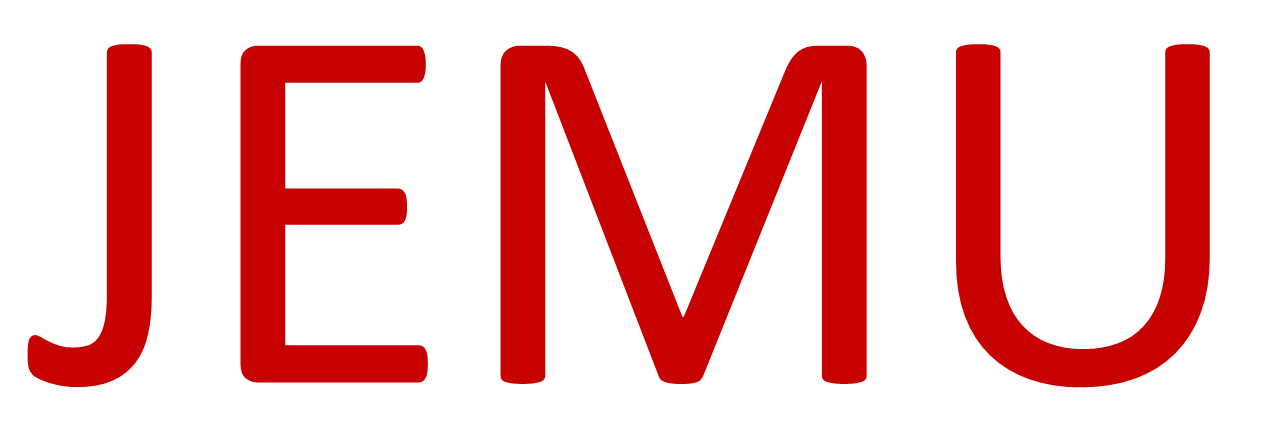Acronym: Ostratool
Collaborators: Zoltán T. Nagy (JEMU), Gontran Sonet (JEMU), Isa Schön (RBINS), Koen Martens (RBINS)
Year: 2008
Summary: Ostracods are small bivalved crustaceans with an excellent fossil record over both long and short time frames. Molecular techniques for living ostracods have been optimized and applied to various non-marine ostracods groups. However, there is also vast material available from ancient ostracods: Ostracod valves (and more rarely, remnants of soft parts) accumulate in lake sediments, and these fossils are used for palaeoclimatic and palaeoecological reconstructions. In addition, there are also extensive ostracods collections of wet and dried specimens and valves in natural history museums all over the globe. Here, we aim to develop novel molecular tools to extract and amplify DNA from ancient (fossil as well as museum) ostracod material. This will, on the one hand, valorise existing ostracod collections for molecular research. More in particular, it will allow us to compare past and present phylogeographical patterns, which will contribute to our understanding of processes leading to the formation of geographic parthenogenesis. On the other hand, by applying the developed tools to ostracods from lake sediments, it will be possible to link palaeoclimatic records to population genetics of selected ostracods species from fossil and recent populations.
